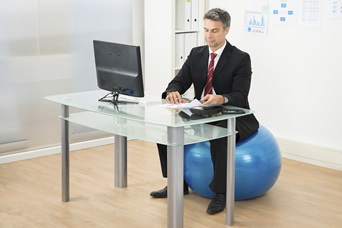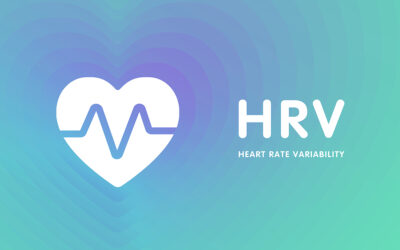Guest Blog by freelance writer-editor Denise Sessions, Cool Breeze Writing and Editing Services.
When I heard that prolonged sitting, such as at my desk job, put me at risk for certain diseases, I was surprised. I thought I was doing what I needed to do. I worked out every day, not only to maintain endurance for bicycling but also to prevent diseases, such as diabetes and obesity. Later, a fitness survey labeled me as being sedentary because I had a desk job. This stunned me. Sedentary? Me?
Katy Bowman, author of the book Move Your DNA: Restore Your Health through Natural Movement,i told Reutersii: “Actively sedentary is a new category of people who are fit for one hour but sitting around the rest of the day… You can’t offset 10 hours of stillness with one hour of exercise.”
Sitting causes what issues?
Dr. James Levine, co-director of the Mayo Clinic and the Arizona State University Obesity Initiative, and author of the book Get Up! Why Your Chair Is Killing You and What You Can Do about It,iii has dedicated a good part of his career to investigating the health effects of sitting.iv For example, extensive sitting can cause organ damage, brain damage, posture problems, muscle degeneration, and leg disorders. When you’ve been sitting for a long period of time, a number of molecular cascades occur. Think about this. Within 90 seconds of standing up, the muscular and cellular systems that process blood sugar, triglycerides, and cholesterol are activated. Clearly, your body is supposed to be active and on the move all day long.
Why Exercise Really Is the Best Medicine
I am also shocked that so many people do not exercise at all. In a lecture in Santa Fe, NM, Harvard professor and evolutionary biologist Daniel Lieberman, explained “Why exercise really is the best medicine.” During his lecture, he said that “many lines of evidence indicate that the evolution of human hunting and gathering was made possible by a suite of adaptations that transformed our ancestors into superlative endurance athletes. … An evolutionary perspective offers crucial insights for figuring out how to help people prevent illness and promote good health.” In his book The Story of the Human Body: Evolution, Health, and Disease,v Lieberman says that people who do NOT exercise have a much greater risk of dying from chronic, preventable diseases. In other words, you should move to stay healthy!
What You Can Do About It
Pedometers and activity counters seem to be the rage today. In order to help you to move, consider getting a pedometer. Then, set a goal of 7,000 to 10,000 steps a day. This is just over three to five miles, or 6-9 kilometers. If you do this, you can easily get more movement and less sitting into your life. This should be over and above any exercise regimen you may have.
Also, if you track your steps, you can see how simple and seemingly minor changes to the way you move around at work can add up. You can motivate yourself by tracking your activity. For example, try walking across the hall to talk to a coworker instead of sending an email. Or, take the stairs instead of the elevator. Another idea: park your car further away from the entrance. Finally, you could take a longer, roundabout way to your desk. The possibilities are endless!
Now it’s your turn. Try it! Figure out ways to get more activity and make your own list. Consider, for example, these seemingly minor changes.
- One idea is to drop a dozen paper clips on the floor and pick them up one at a time.
- Another idea is to take short breaks every 15 minutes and do a couple of stretches.
- Finally, sit on a fitness ball instead of a chair.
After I read all of the studies, I bought my own pedometer. So, I’ve been using it for over a year now. Since I’ve started using it, I make sure that I get a minimum of 7,000 steps. (Note that a workplace health-promotion program recommends this amount. And actually, the program gives incentives if you reach this goal.) Also, keep this in mind. The recommended 7,000-step minimum should be over and above your regular workout. Honestly, I just noticed that. So, I’ve got work to do! But I am very happy to have the additional challenge.
i Bowman, K., Move your DNA: Restore Your Health through Natural Movement, 2014, Propriometrics Press ii Reuters September 29, 2014 iii Levine, J.A.,Get Up! Why Your Chair is Killing You and What You Can Do About It, 2014, Palgrave MacMillan iv Mercola, J., “Here’s What Sitting Too Long Does to Your Body,” Peak Fitness web site (fitness.mercola.com), May 8, 2015 v Lieberman, D.E., The Story of the Human Body: Evolution, Health, and Disease, 2014, Pantheon



